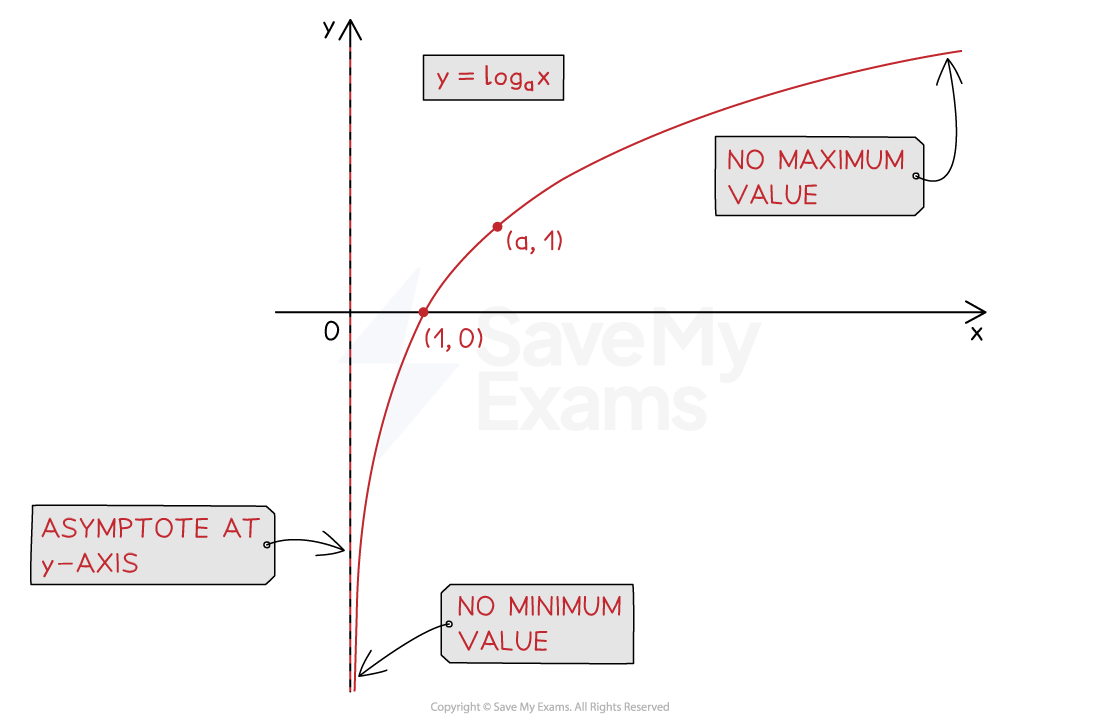Introduction to Logarithms
What are logarithms?
- A logarithm is the inverse of an exponent
- If
then
, where
- This is the essential definition of a logarithm
- The number
is called the base of the logarithm
- If
- Try to get used to ‘reading’ logarithm statements to yourself
means “
is the power that you raise
to, to get
"
- So
means “3 is the power that you raise 5 to, to get 125”
- Two important special cases are:
- Where
is the mathematical constant 2.718…
- This is called the natural logarithm and will have its own button on your calculator
- Where
- Logarithms of base 10 are frequently used
- They are often abbreviated simply as
Why use logarithms?
- Logarithms allow us to solve equations where the exponent is the unknown value
- We can solve some of these by inspection
- For example, for the equation
we know that
must be
- For example, for the equation
- But logarithms allow us to solve more complicated problems
- For example, the equation
does not have an obvious answer
- Instead we can rewrite the equation as a logarithm
- For example, the equation
- We can solve some of these by inspection
-
-
- and use our calculator to find the decimal value of
- and use our calculator to find the decimal value of
-
Exam Tip
- Make sure you are completely familiar with your calculator's logarithm functions
Worked example
Solve the following equations:
Use the definition of a logarithm to rewrite this as an exponential equation
This can be solved by inspection
Use the definition of a logarithm to rewrite this as a logarithm equation
Use your calculator to find the value of that logarithm
Round to 3 significant figures



